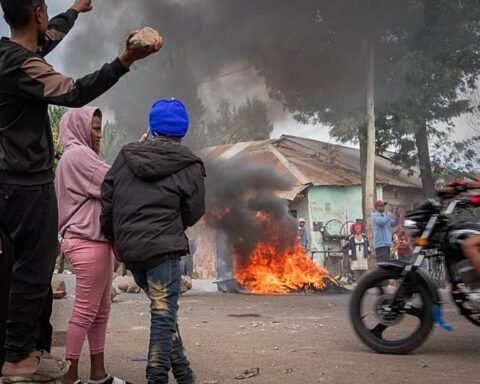The Democratic Republic of the Congo (DRC) is facing one of its worst health emergencies in recent years as a severe mpox outbreak continues to spread across the country, straining an already fragile healthcare system.
Between January and May 2025, the DRC reported over 12,000 suspected cases of mpox and 22 confirmed deaths, making it the epicenter of this viral disease in Africa. These cases now account for more than 50% of all mpox cases recorded on the continent in 2025.
Formerly known as monkeypox, mpox is a zoonotic virus that causes symptoms similar to smallpox, including fever, rash, and swollen lymph nodes. Although often self-limiting, the disease can be serious—particularly among children and immunocompromised individuals. The DRC has become a testing ground for the virus’s most concerning variant yet—Clade I—a strain known for its higher fatality rate and greater potential for human-to-human transmission.
In response, the World Health Organization (WHO) and its emergency arm, the Global Outbreak Alert and Response Network (GOARN), have intensified their support. GOARN has deployed a team of seven international experts, including Dr. Andre Basilua Muzembo, a virologist from University of Hyogo in Japan, who is currently on the ground in Kinshasa.
Over 30 on-site assessments have already been carried out in key facilities across the capital, including the Clinique Kinoise, a treatment center under extreme pressure. Many of these centers are facing a dire lack of medical supplies, including gloves, diagnostic kits, and antiviral medications. Training in infection prevention and control (IPC) protocols is now a top priority to protect healthcare workers and patients alike.
Adding to the crisis, ongoing armed conflict in the eastern regions of Ituri and North Kivu has made the delivery of medical aid nearly impossible in some areas. According to Human Rights Watch, these regions are frequently affected by militia violence, displacements, and disrupted infrastructure, all of which have created ideal conditions for disease outbreaks.
Also Read; Central Bank Slashes Lending Rate to Spur Economy
Despite the challenges, efforts to expand diagnostic capacity are showing promise. The number of operational laboratories in the country has jumped from just two in 2023 to 23 laboratories across 12 provinces today, with many using near-point-of-care diagnostics to ensure quicker test results and better contact tracing.
In a broader continental effort, WHO Africa and the Africa Centres for Disease Control and Prevention (Africa CDC) have jointly launched the Continental Mpox Response Plan 2.0, aiming to boost vaccine deployment, public awareness, and treatment access. Since the plan’s rollout in late 2023, over 728,000 vaccine doses have been administered in seven African nations.
However, funding shortfalls pose a serious risk. The mpox response in the DRC currently faces a $220 million gap in financing, threatening the sustainability of ongoing interventions. Global health advocates have called on the international community to prioritize disease response in low-income regions like Congo, warning of the global implications of unchecked outbreaks.
Worryingly, mpox is no longer confined to remote rural settings. Urban areas and even international airports have reported suspected cases, raising concerns about cross-border transmission. Indeed, travel-related cases have emerged as far afield as the United States, the United Kingdom, and Switzerland, proving once again that health crises in one part of the world can quickly become everyone’s concern. You can track global case updates via the U.S. CDC’s mpox portal.
Public health experts emphasize that while frontline medical staff are doing all they can, external support, including financing, research collaboration, and vaccine donations, will be critical to bringing the outbreak under control. As the world learned from COVID-19, early action, solidarity, and science-driven policies are the cornerstones of effective pandemic prevention.







